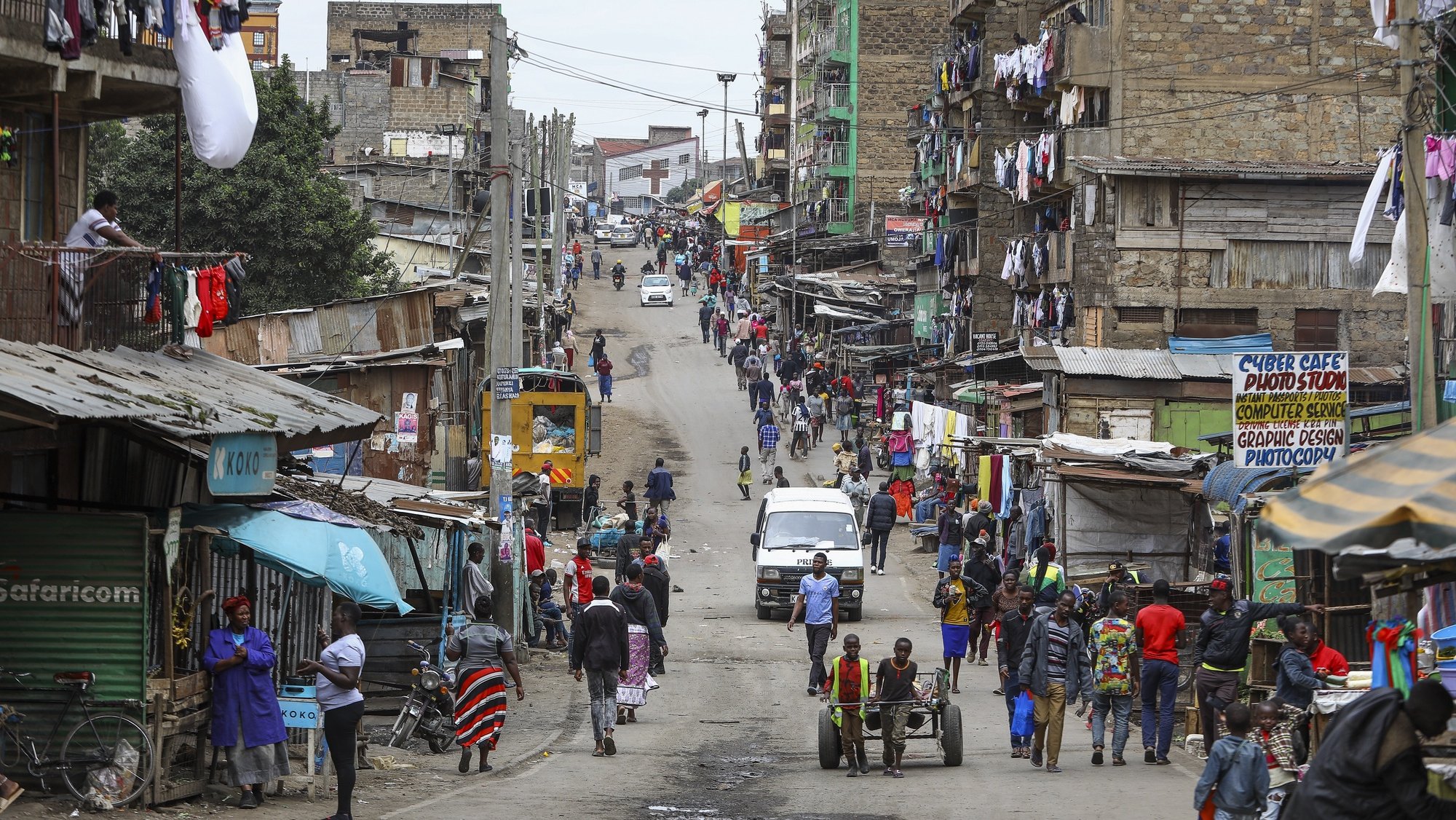The two favorites in Tuesday’s presidential elections in Kenya exchanged positions in the official partial results released this Sunday, but maintain only three percentage points of difference, leaving the country in expectation, with calls for calm and unity.
According to figures released this Sunday by the electoral commission (IEBC), when the votes of almost half of the electoral colleges are counted, the outgoing vice president William Ruto has overtaken his main rival and now has 51.25% of the vote, compared to 48.09% for Raila Odinga.historical figure of the opposition, currently supported by the outgoing President.
On Saturday, Raila Odinga obtained 52.54% of the votes (2,288,315 votes), compared to 46.76% (2,036,795) for Ruto, in 29.92% of the polling stations.
Faced with this presidential duel, which could become the fiercest in Kenyan historyThe population is looking forward to it.
After multiple calls for calm and unity among Kenyans, the atmosphere in the country is now one of peace, far from the tension and violence registered after other scrutiny of the country’s history.
The two rival candidates appeared serene and relaxed this Sunday at different religious ceremonies in the Kenyan capital.
Five days after 22.1 million Kenyans went to the polls, the country is still waiting to learn the name of the successor to Uhuru Kenyatta, who has served two terms since 2013 and was therefore unable to run again.
The slow pace of the vote count was attributed by the president of the electoral commission, Wafula Chebukati, to “electoral agents”, civil society observers who, he said, they question the institution’s employees too much, making the process difficult.
With four candidates, the electoral race is, however, reduced to a duel between two favorites: Raila Odinga, 77, an opposition veteran who received the support of Kenyatta in his fifth presidential candidacy; and William Ruto, 55, outgoing vice president.
Odinga was ahead in the polls in the days before the election.
Although the country sees itself as an island of stability in an unstable region, the results of every presidential election since 2002 have been challenged, sometimes violently.
In 2007-2008, Raila Odinga’s contestation of the results led to intercommunal clashes that left more than 1,100 dead and hundreds of thousands displaced, the worst post-election clashes since Kenya’s independence in 1963.
This year, the IEBC is under increased pressure due to the Supreme Court’s annulment of the 2017 presidential election for “irregularities”, an unprecedented decision in Africa.
On Tuesday, Kenyans voted to elect their president for the next five years, but also governors, deputies and senators from both houses of parliament and more than 1,500 local elected officials.
To win in the first round, a candidate must gather more than half of the votes and at least 25% of the votes in more than half of the country’s 47 counties.
If there is no immediate winner, there will be a second round within 30 days.
Source: Observadora
